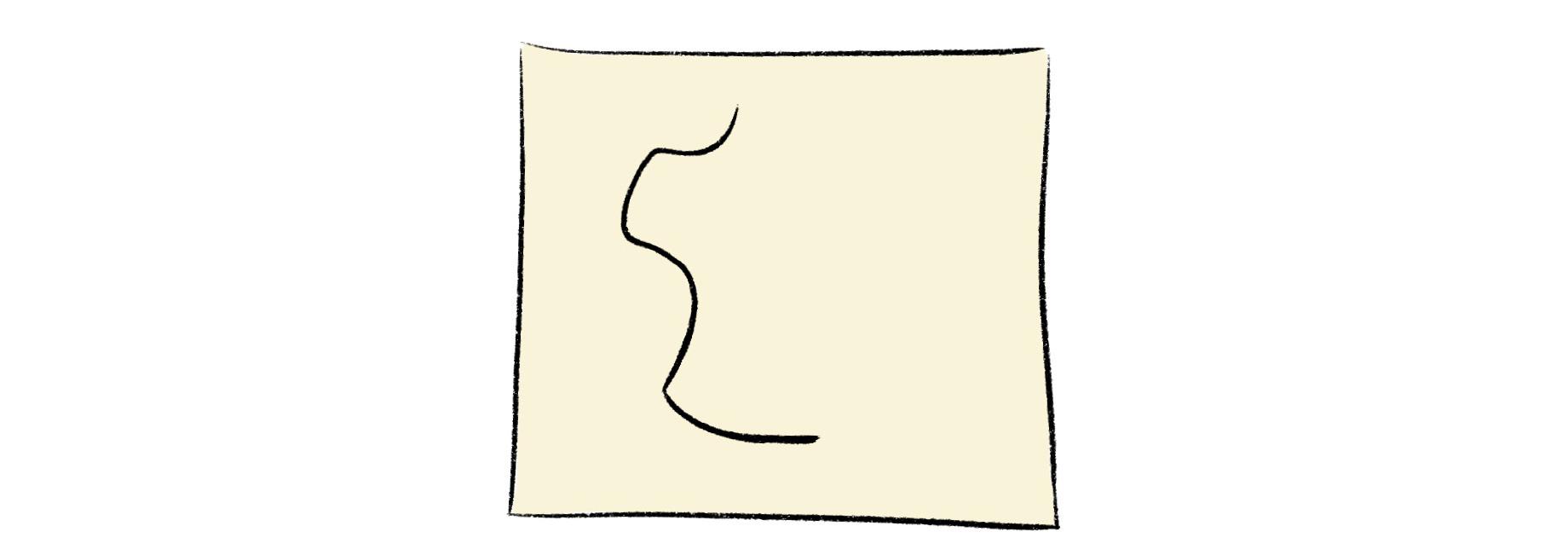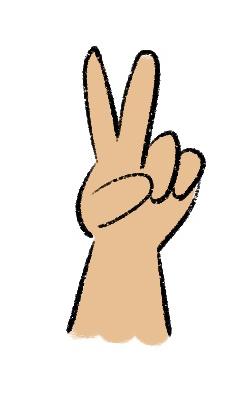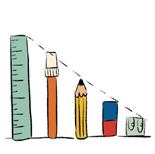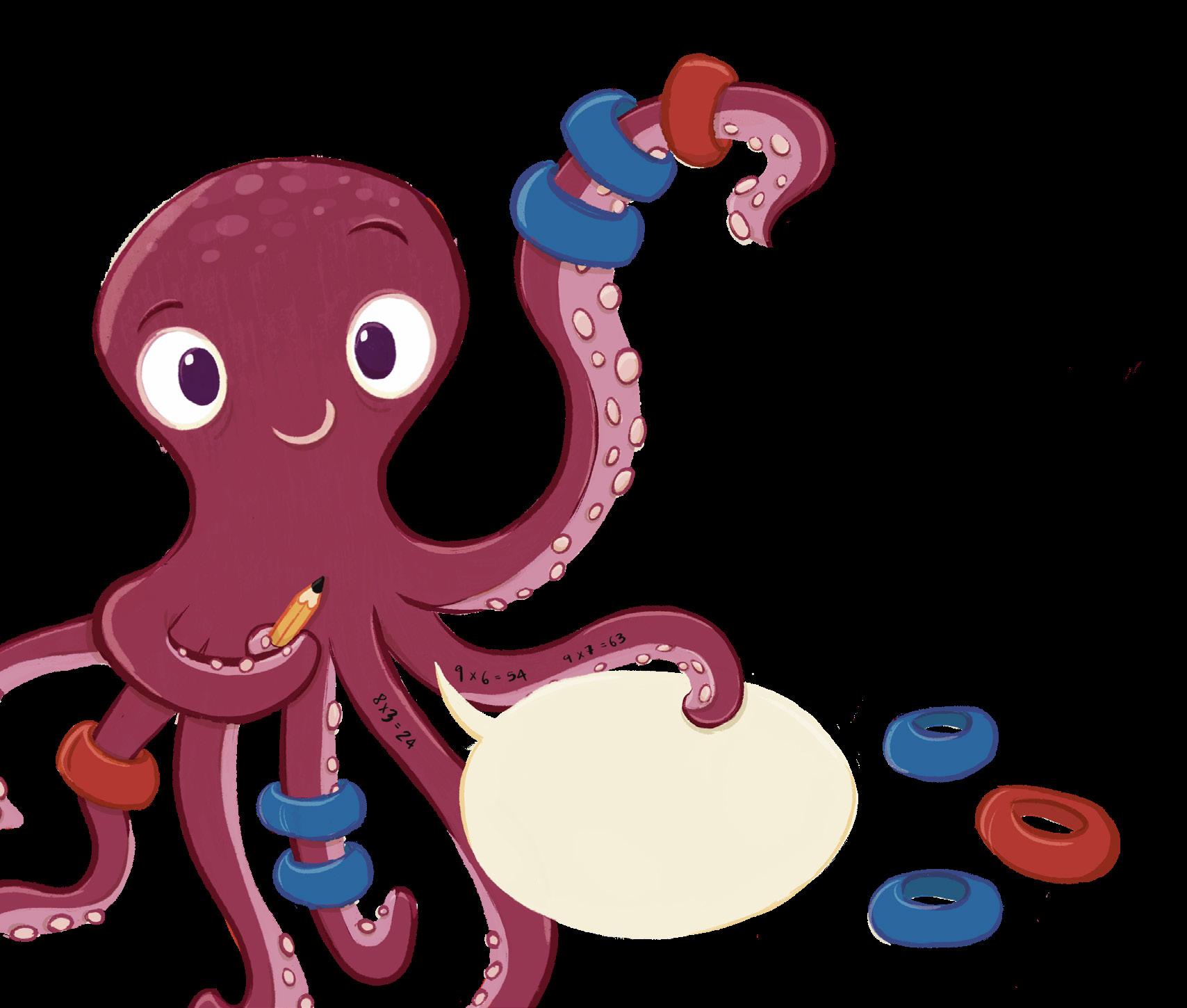
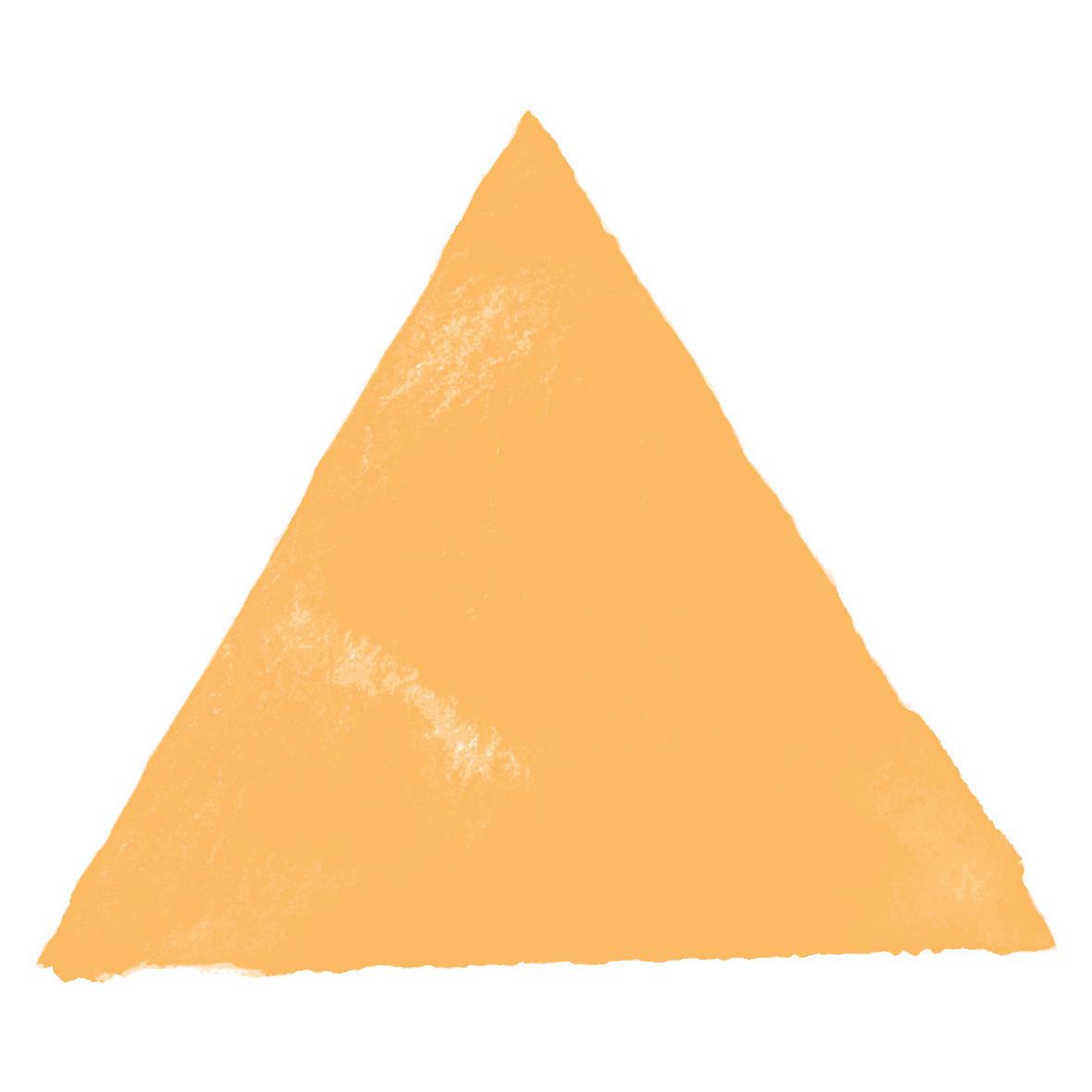
80 worksheets for free activity at primary school
Summary Legend
Individual exercise
Pair exercise
Drawing or writing numbers, letters and words
Building, drawing and cutting out, using objects, hands or voice




Prerequisites
Worksheets from 1 to 12
Numbers from 0 to 20
Worksheets from 13 to 34
Operations
Worksheets from 35 to 62
Geometry and measurements
Worksheets from 63 to 77
Instructions
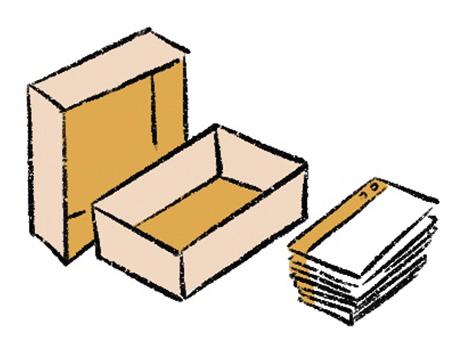
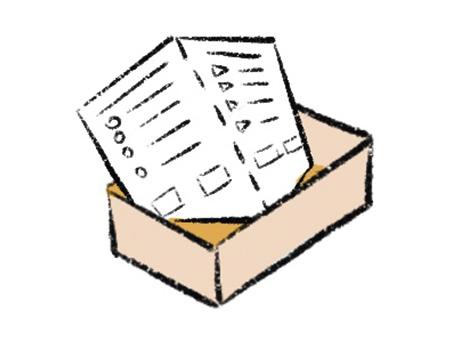
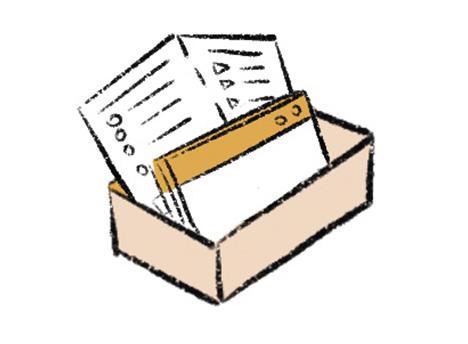

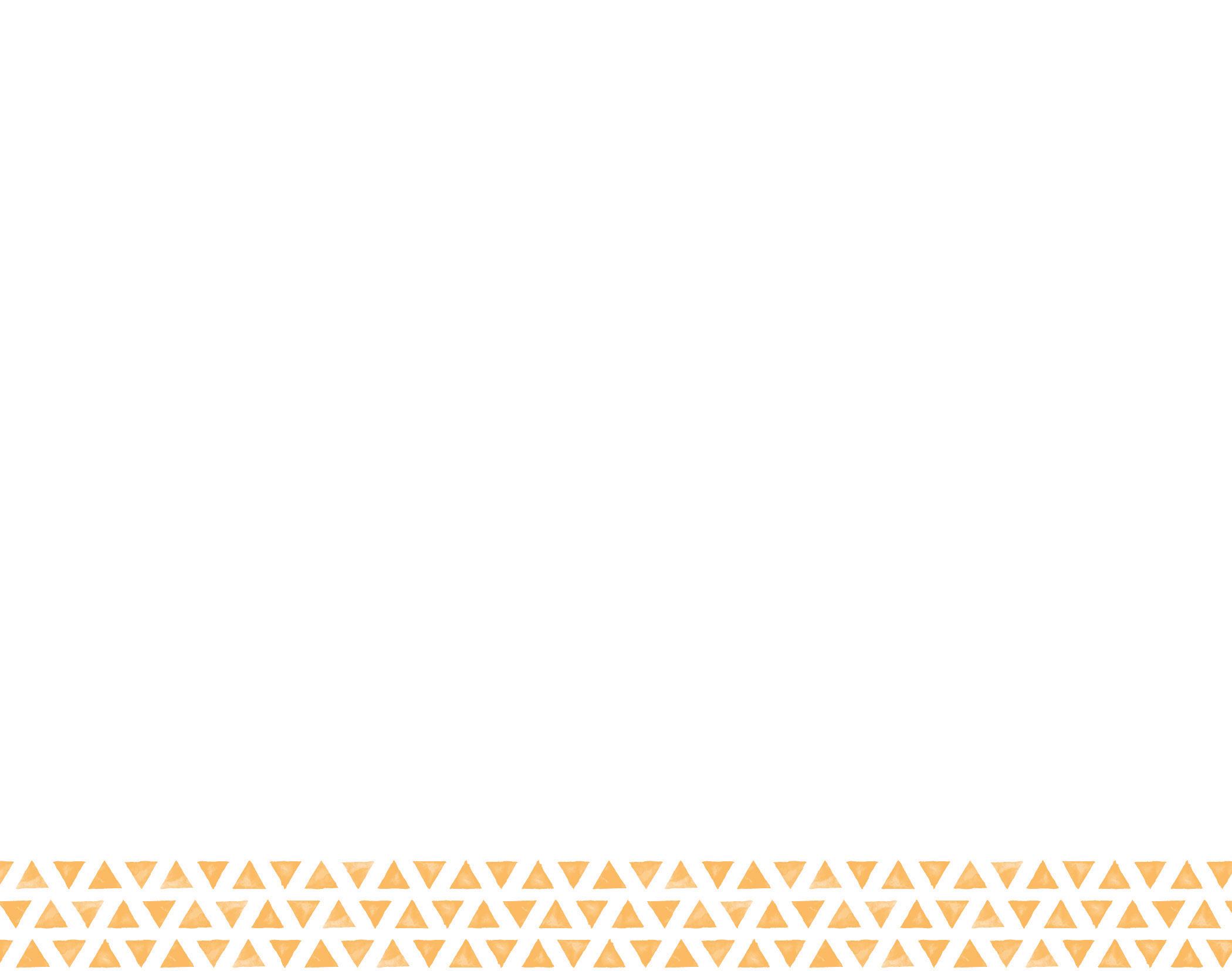
Take the worksheets out of the box
Set the holder in place
Insert the worksheets
1 2 3 4
Choose a worksheet
In this box you will find…
• 3 presentation sheets;
• 77 worksheets with activities and operational proposals covering the most important topics of the first grade mathematics programme;
• a holder to put the worksheets on, with the legend of the icons and the summary of the topics.
What the worksheets are for
The activities proposed in the worksheets are designed for pupils who quickly finish their class assignments and have some free time before the end of the lesson. The worksheets are calibrated on different levels of complexity: some may anticipate contents that the children have not yet
experienced in class, but on which they are willing, or curious, to get involved.
Other worksheets train basic skills with different activities (drawing, cutting out, building, playing, calculating) in order to entertain both children who enjoy a difficult challenge and those who prefer a more relaxing approach. For each topic, there are numerous activities and proposals to choose from, to workeither alone, or in pairs - in a meaningful and creative way, respecting the pace and learning modalities of each individual and in an ‘open teaching’ perspective.
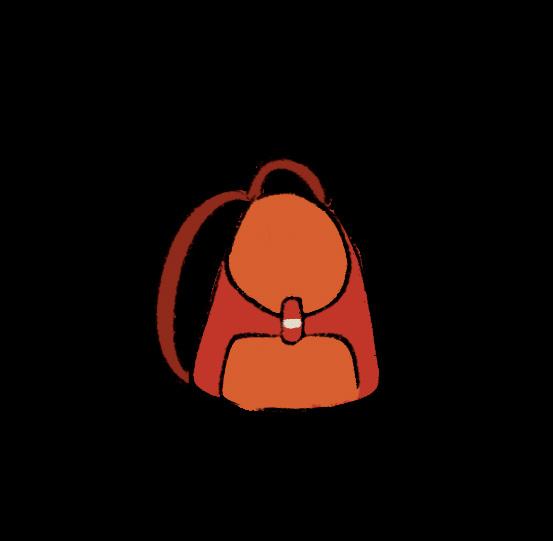
What the worksheets look like
Every worksheet has a title and a short assignment. In the case of children who have just started reading, it is the teacher who guides them in understanding the activity to be performed, although in most cases the illustrations act as a guide to understand what needs to be done. There are two icons in the top margin of each worksheet, which distinguish between:
Activities to be carried out alone.
Activities to be carried out with a classmate.
Activities involving drawing, reading and writing numbers, letters and words.
Activities in which you have to build something, draw, cut out and glue, use objects, your hands or your voice.
How to propose the worksheets
The teacher puts the deck at disposal, following the assembling instructions on the board: the order and number of the sheets to be proposed is free. You can decide whether to provide the deck as it is or to compose it according to your needs, selecting the worksheets with the most suitable activities for the class. The legend of the icons and the summary of the topics will guide you in making the choice.

How to carry out the activities
The pupils freely choose a worksheet from the deck: the examples and the illustrated sequences help them to understand what they have to do, encouraging their autonomy. Most of the activities do not require any particular materials, but the tasks can be carried out mentally or in oral form only (speaking softly to oneself or with a partner), or simply by “touching” the worksheet (“Point to a number...”, “Connect with your finger...”). For the activities that require drawing, cutting out and building, a pencil case and sheets of paper are enough. There is no time limit for carrying out the activities. It is possible to start the assignment and then continue it in later free moments.
Design/editing: Tania Eccher, Chiara Fait
Graphic design: Mattia Casagrande
Layout: Giorgia Cainelli
Illustrations: Roberta Cavaliere
Art direction: Giordano Pacenza

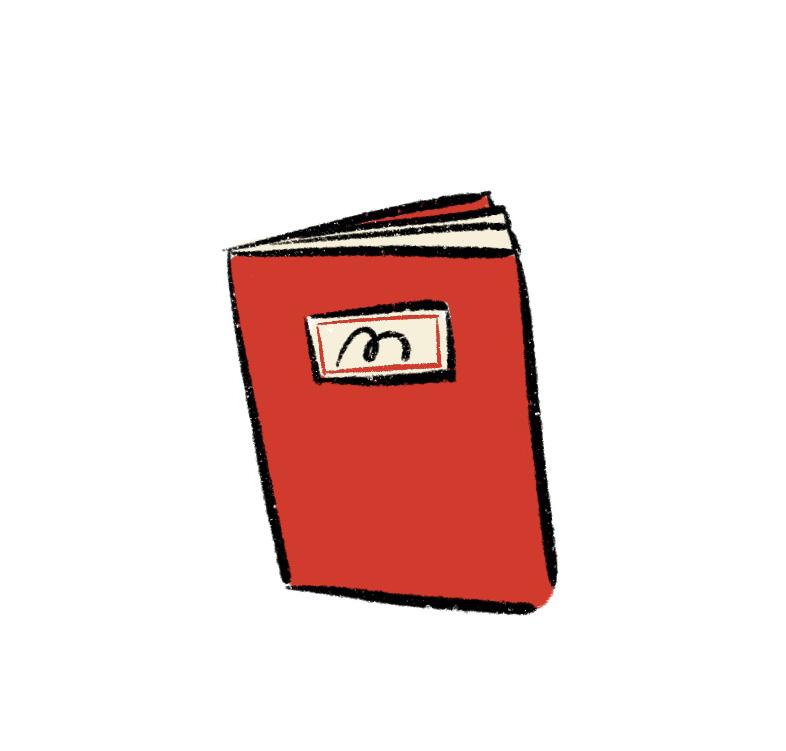
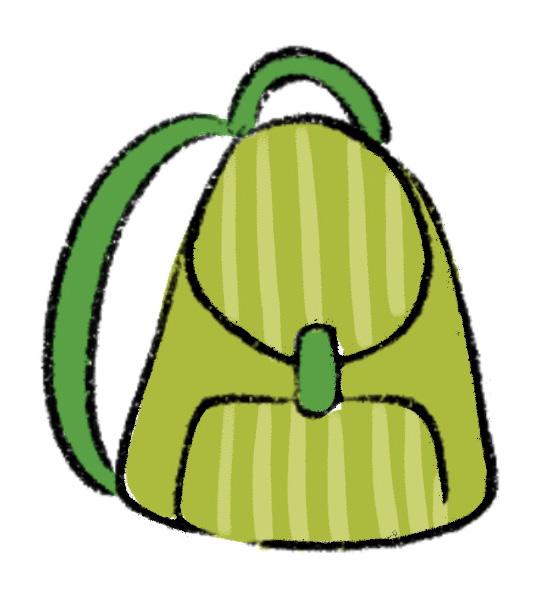
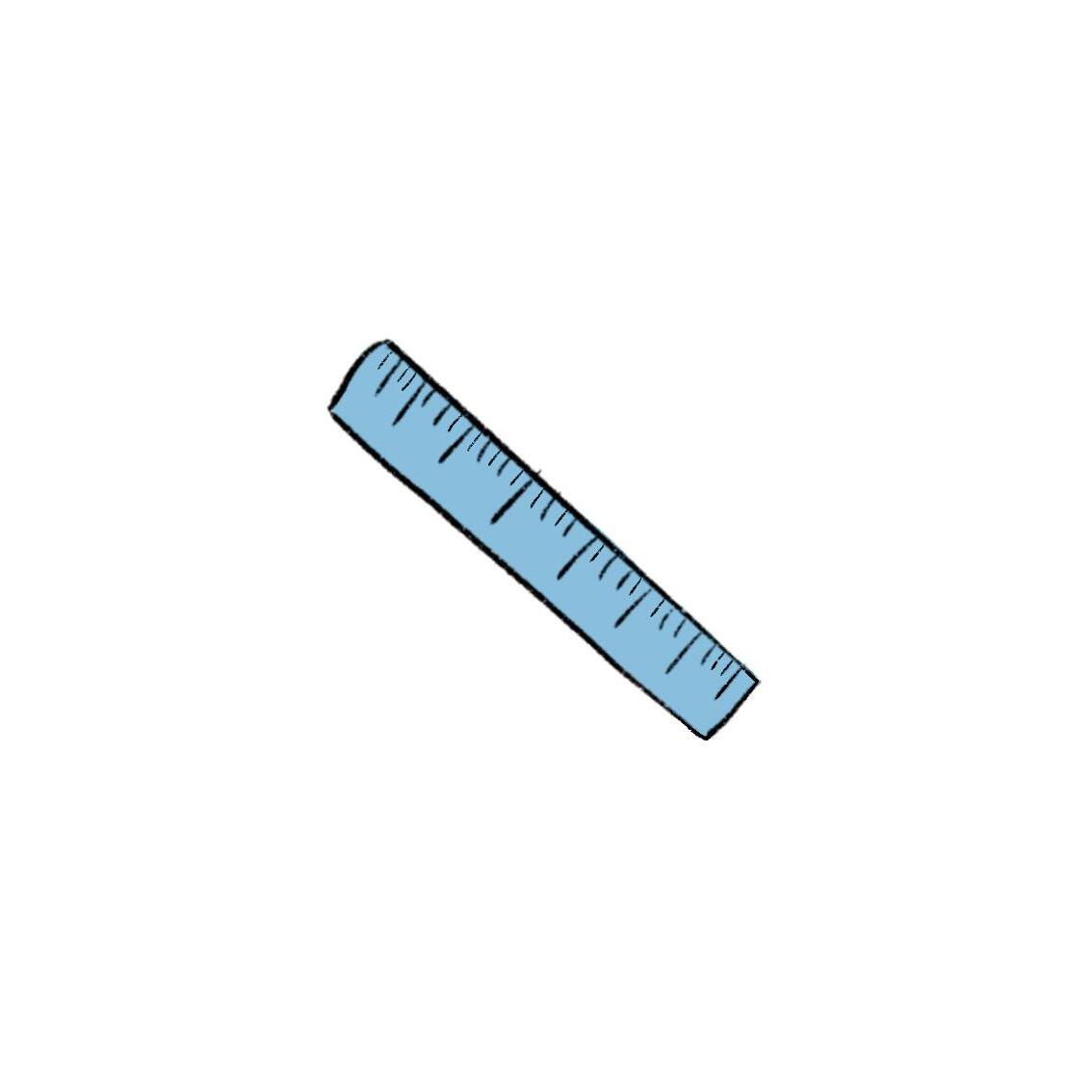
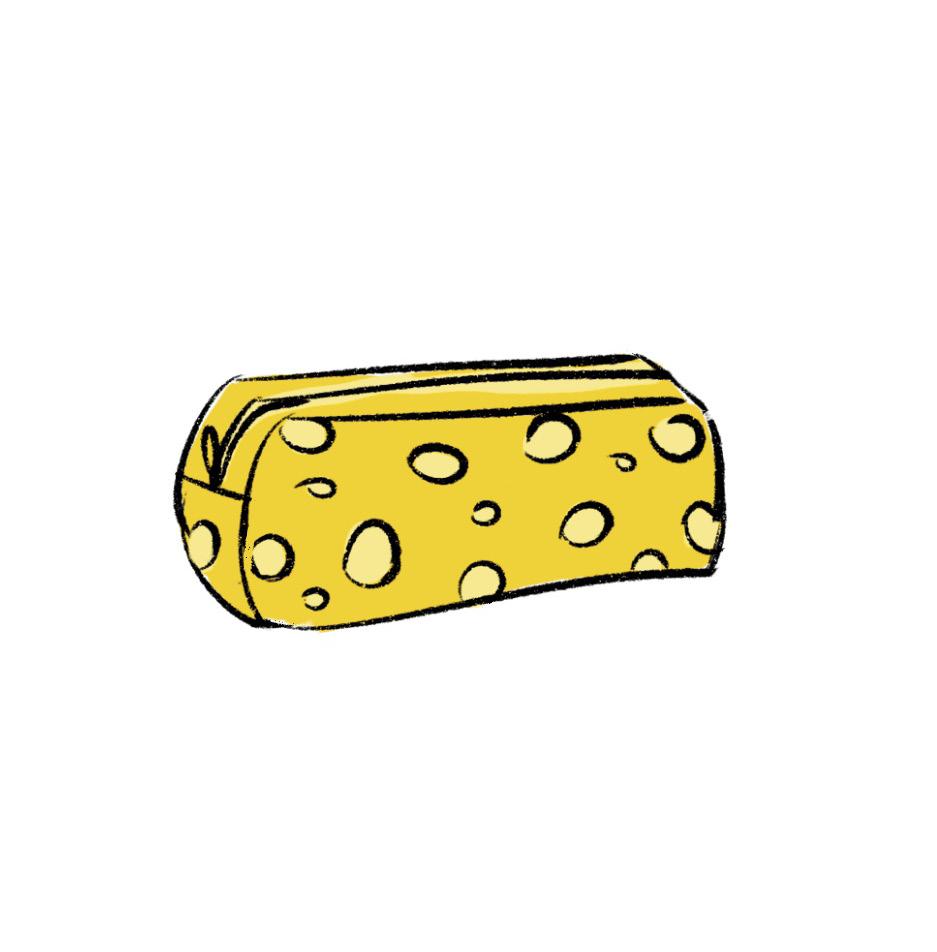
Copy and paint

Copy the drawing, first with your left hand and then with your right hand. Then, paint it.
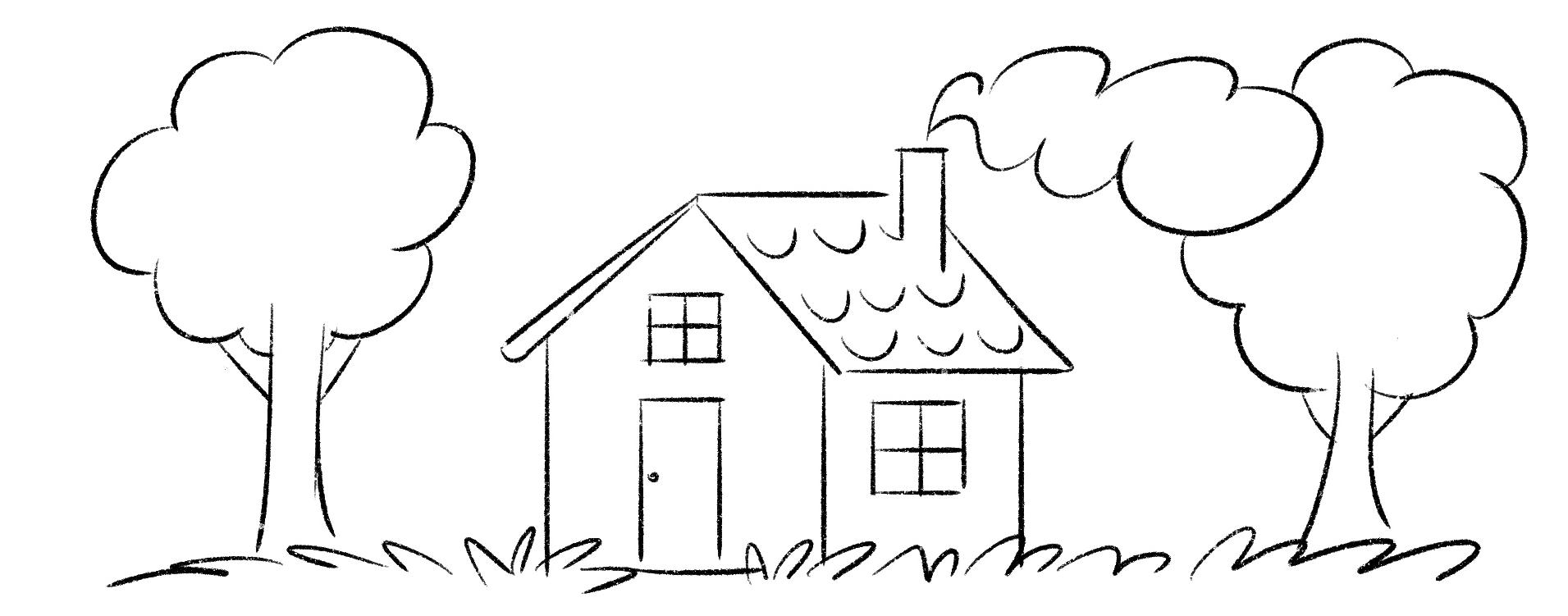
Above, below, in front of, behind

Choose a position and reproduce it with your pencil case and your rubber.
In the right place

Draw a tree, then complete the drawing by adding these figures in the indicated position.
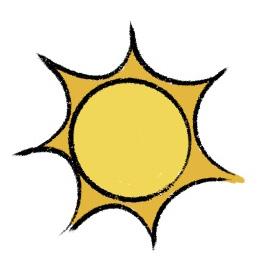
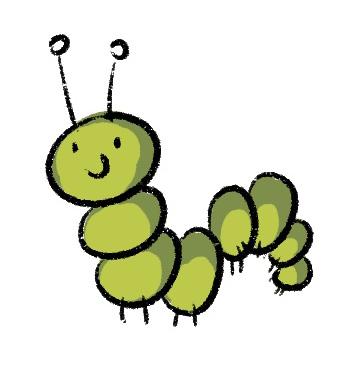
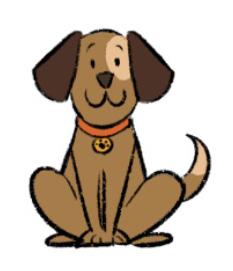
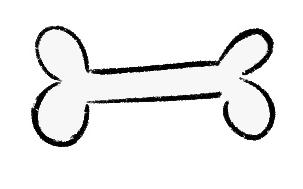
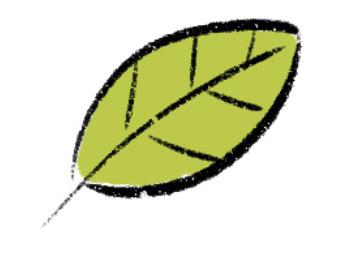
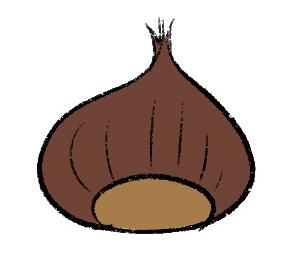
Complete the drawing

Draw what you want, starting from this mark. Copy it on a sheet of paper and then complete.
